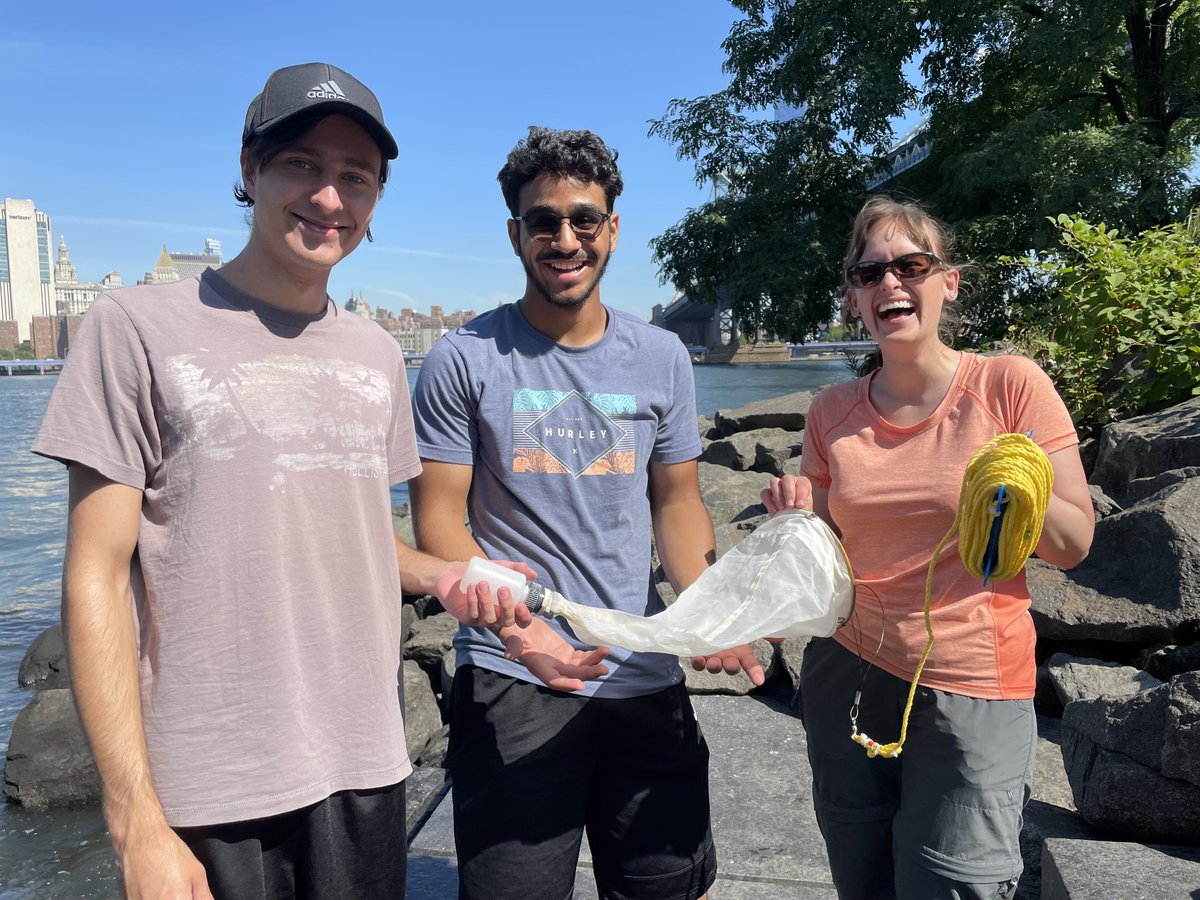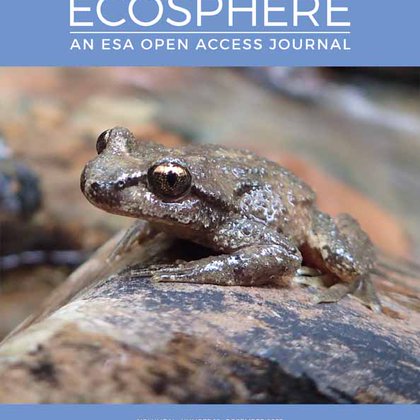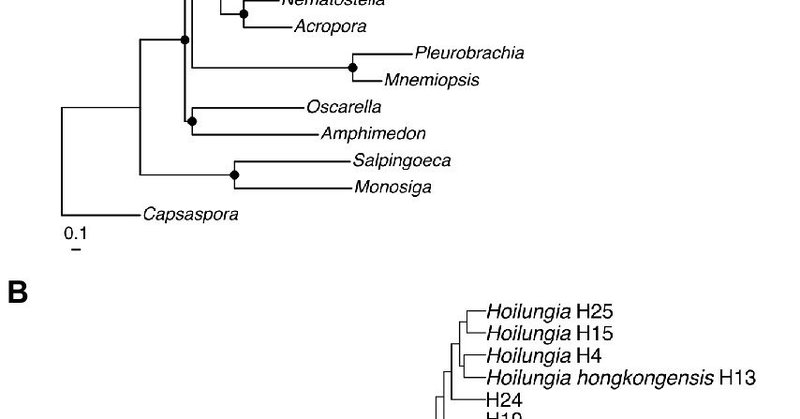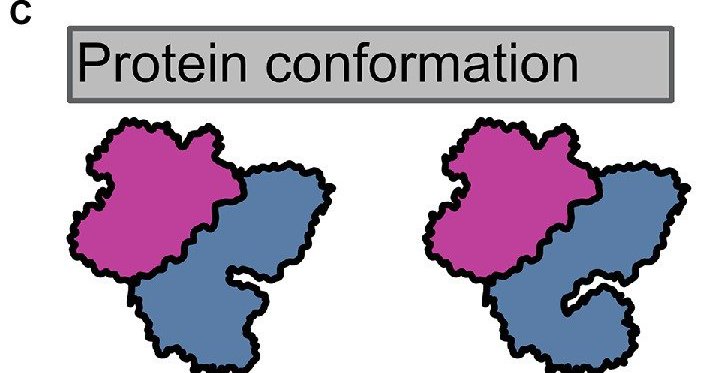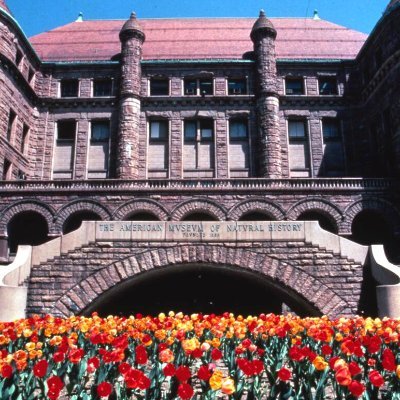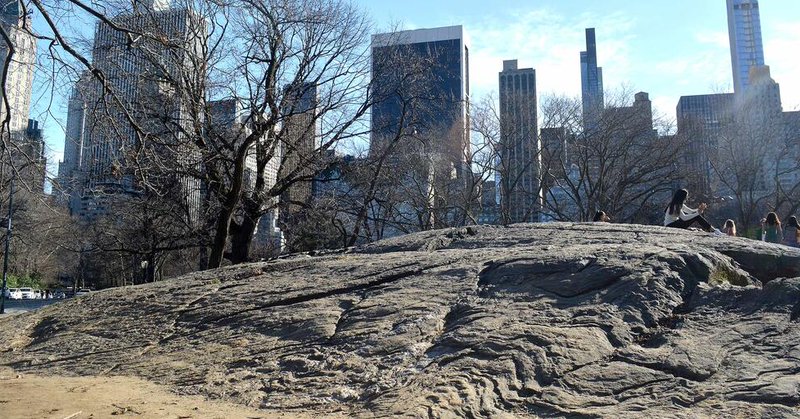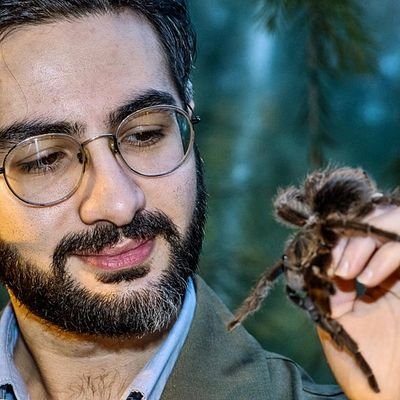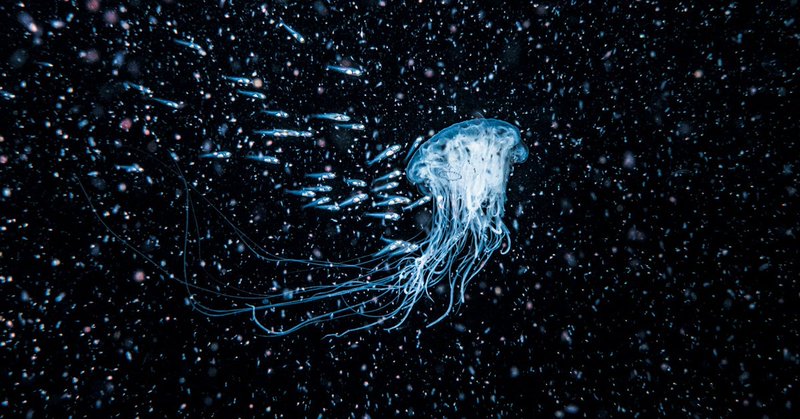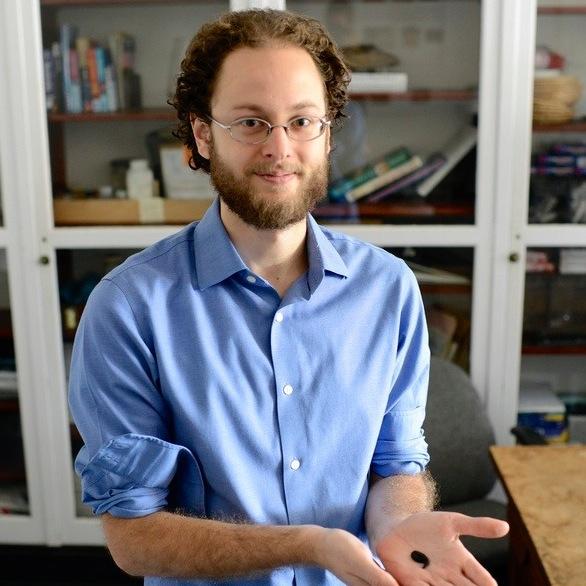
Michael Tessler
@TesslerMichael
Followers
208
Following
426
Media
52
Statuses
174
Scientist enjoying an ever weirder foray into a world of organisms overlooked by most
NYC
Joined January 2015
All Placozoa look like pancakes, despite being animals that are 500+ million years old and genetically distinct. In our new phylogenomics paper we described a new species, classes, orders, and families using molecular morphology. @AMNH @SFCNY @burnsajohn
https://t.co/jCO8HRkzrW
5
14
49
We need your help! Have you ever seen jumping leeches? If you have—& you have video footage—please DM Museum Research Associate Michael Tessler (@TesslerMichael). His team has found evidence of leaping leeches in Madagascar & they want to know where else jumping leeches exist!
2
20
91
What zooplankton live in NYC's East River? We found a ton of copepods, & many others (including larval lobsters)! Check out our paper, co-authored by multiple @SFCNY undergrads: Zooplankton of the East River (Brooklyn Bridge Park, New York). https://t.co/x8r4PiKI27
0
4
5
Marine modelers check this out! Some assumptions, not shockingly, must be reconsidered for copepods - the tiny grazers, carnivores, and omnivores of the sea. Here is the awesome paper by @EmilyHerstoff
esajournals.onlinelibrary.wiley.com
Copepods are the most abundant metazoans on Earth, driving cycles of key elements in aquatic systems, most prominently carbon (C), nitrogen (N), and phosphorus (P). One key factor determining...
0
2
3
If you haven't tried eDNA, maybe our primer published in Microbial Ecology can help get you started :) @BlackCoralLab @sethwcunningham @SallyWarring @bat_biomes @SFCNY @AMNH
https://t.co/m6peehw4bh
0
0
9
I've documented 100+ species of invertebrate and plants in these spaces, so it was a real pleasure to focus on microbial diversity. Amazingly, soil chemistry also seems improved in these mini habitats.
0
0
1
Finally published on backyard meadow diversity. Critters thrive in these spaces, and - based on our data - so do microbes! Maybe consider replacing some of your lawn with wildlife habitat? @EmilyHerstoff @sethwcunningham + Felix David @SFCNY @AMNH
https://t.co/rnXryVN3pK
1
3
9
🚨NEW RESEARCH: A study led in part by Museum researchers produces the first taxonomy for a placozoan phylum! The first placozoan was discovered more than 100 years ago, but until now, they didn’t have a broad-scale Linnaean taxonomy. 🦠Read more: https://t.co/ewM4hM4ZIK
0
13
49
Also check out this paper where we apply this idea, using molecular morphology (phylogenomics and gene content) to name morphologically invariant Placozoa animals.
frontiersin.org
Placozoa is an ancient phylum of extraordinarily unusual animals: miniscule, ameboid creatures that lack most fundamental animal features. Despite high genet...
0
1
3
For a long time I have thought morphology and molecules are artificially divided among systematists. My colleagues and I finally got the words down on a page and published. Let's name the formerly unnameable! @AMNH @SFCNY @SpencerGalen
https://t.co/WIsooonXvl
frontiersin.org
Many known evolutionary lineages have yet to be described formally due to a lack of traditional morphological characters. This is true for genetically distin...
1
3
7
This was a huge group effort. Bernd Schierwater and members of his lab in Germany were key, as were many colleagues @sicg_amnh. And a special shoutout to my co-first author Johannes Neumann who worked on this as part of his killer dissertation @RGGSatAMNH
0
1
5
my story about what a good life with Alzheimer’s might look like is up today on @NewYorker. I’ve been thinking about these ideas for years and working on this piece since spring, and I’m thrilled to finally share it with you: https://t.co/mt7teJT4uO
newyorker.com
Every resident of the Village Landais has dementia—and the autonomy to spend each day however they please.
5
34
183
I want to listen to new papers while I am commuting! I wrote a blog post arguing that scientific publishers should use some of their profits to produce audio reads of papers, for accessibility and to serve the community. Comments/further ideas welcome!
New on the #PLOS Biologue. @acer_aceae makes a case for why journals should produce 'papercasts' - audio versions of the research papers they publish #SciComm #publishing #podcast
https://t.co/rIWVbs7B4J
8
15
68
ahhH my maggot story made it into the honorable mentions of this year's Best American Science and Nature Writing !! what a trip to be included among all these extremely talented people
3
3
69
New Teachers Guide for the Geology of Central Park by RGGS-AMNH MAT postdoc alum Steven Jaret and MAT student, postdoc and faculty colleagues: https://t.co/U16orENyG9
amnh.org
This field guide for Earth Science teachers includes a map of the park with detailed descriptions of ten different locations.
1
12
32
Taxonomy is critical and having practitioners across the world is critical. How can we know what to save in conservation if we don't know animals and plants we even have? Way to go @Persian_spiders
1
0
1
Great microscopy work is always such a treat. Especially when its on overlooked yet complex critters like copepods.
0
0
0
They can regenerate functional spinal cords after being sliced in half, predate dinosaurs and have survived at least four mass extinctions. But sea lampreys might not be the unbeatable monsters we treat them as. From @TesslerMichael and me, for @WIRED: https://t.co/ReZ4d0o6jb
wired.com
In the Great Lakes, sea lampreys are a scourge. In Europe, they’re an endangered cultural treasure. Can biologists suppress��and save—the species?
0
8
19
“Okay,” Miller thought, “we can see bioluminescence from space.” Wonderful @nijhuism piece on milky seas, a rarely observed but massive case of bacterial bioluminescence — often covering thousands of square miles. https://t.co/o4tiEfGVQa via @sciam
scientificamerican.com
Scientists are uncovering more about an eerie phenomenon that has bewildered seafarers for centuries
0
0
0





